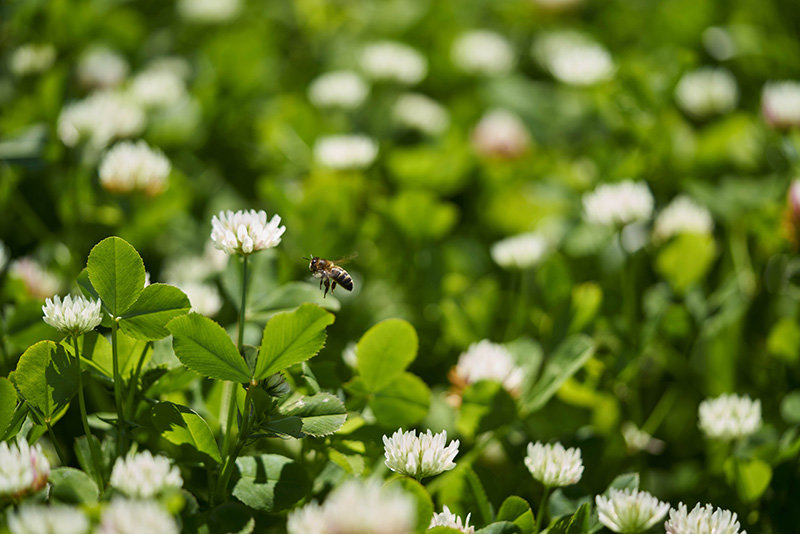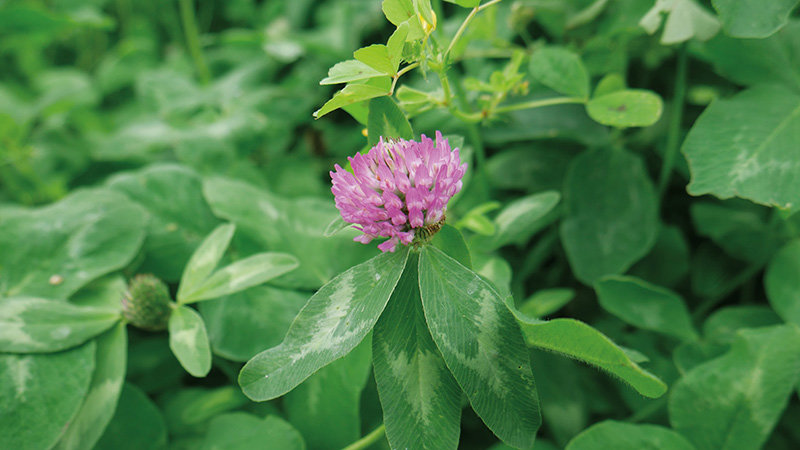United Kingdom
June 5, 2024
Maximising ‘daughter tillers’ gives grassland managers the best route to a resilient sward this summer, advises grass-seed experts Barenbrug UK – and will also provide the ideal sward in which to establish clover later in the season.

The best route to a resilient sward
Decision time for early season clover sowing is nearly here, but Barenbrug’s Janet Montgomery, Agriculture Product Manager, says it’s important to consider all the factors before thinking about placing a seed order.
“The way grass is growing now, with more than adequate moisture and rising temperatures, suggests that swards could end up big and heavy.
“It’s these types of swards that typically fall over and shade out any clover that’s been planted,” she warns.
Whether or not there’s clover to consider, Janet suggests swards should be managed to take cuts little and often, which will keep light coming into the base of the plant.
“Cutting at around the 2-3 leaf stage will help you optimise both quality and quantity,” she stresses, “and prevent swards from becoming so heavy that they cast shade that prevents effective germination.”
Cutting before the ryegrass heads is another important consideration, explains Janet.
“When the head is cut, it creates an important ‘reset’ signal for the plant. It aborts the seed reproductive stage and instead reverts to vegetative reproduction.”
This is the importance of managing the daughter tillers, she points out.
“Each original ryegrass tiller can produce up to three daughter tillers. These daughter tillers will eventually produce a new plant, making the sward denser.

“Growers can use this to their advantage. Maximising daughter tillers makes the sward more resilient. Adverse events later in the season will certainly cause the loss of some tillers, but when you’re starting with more, you’ll be left with more.”
The secondary advantage of this approach, Janet says, is that in managing for persistence you’re also managing for clover. “There’s more light coming into the base of the sward, which either helps existing clover to continue to thrive, or allows germination of freshly-sown clover where there’s bare ground for the seed to contact.
“It’s a convenient truth that sward persistence and clover can both be managed through applying the same principles.”